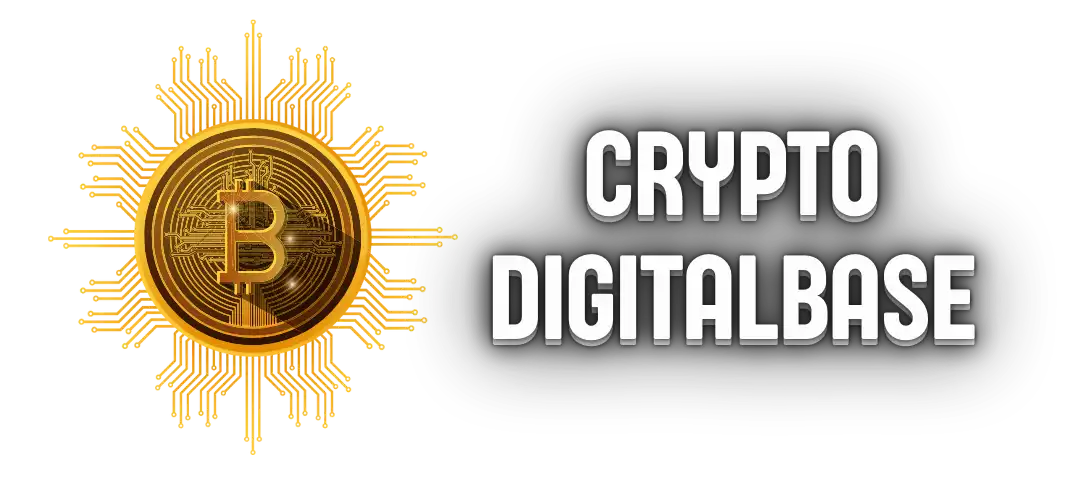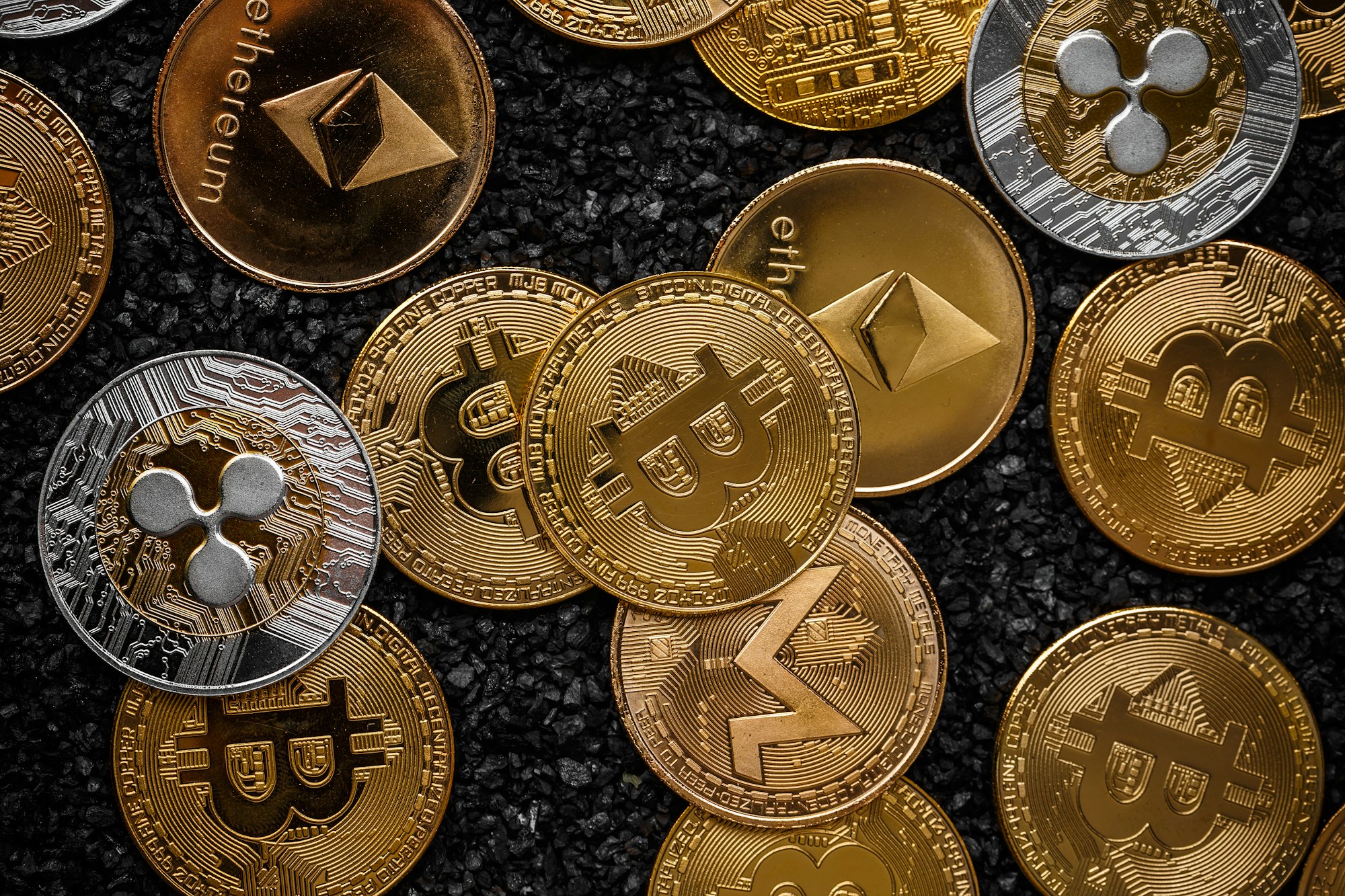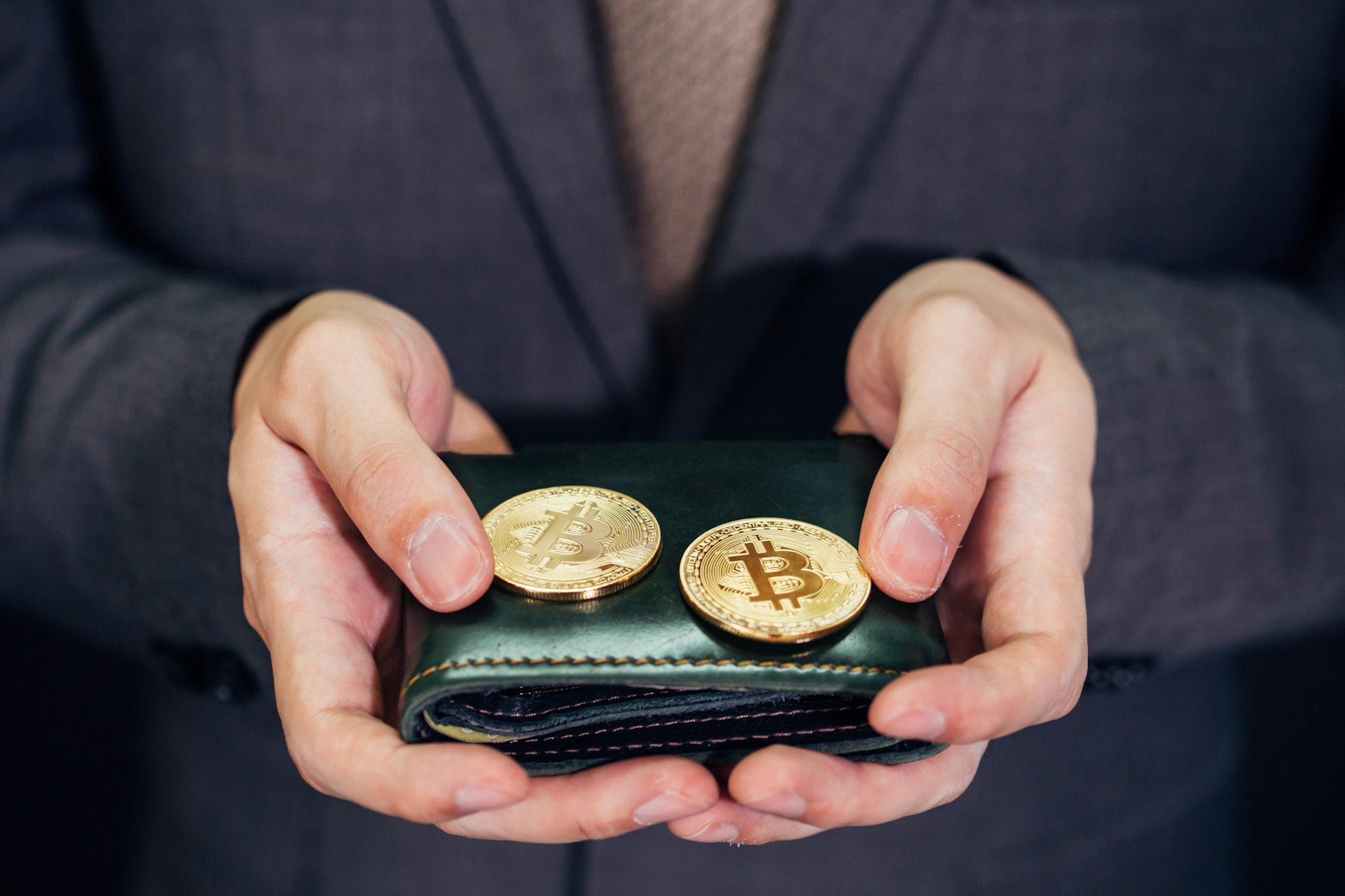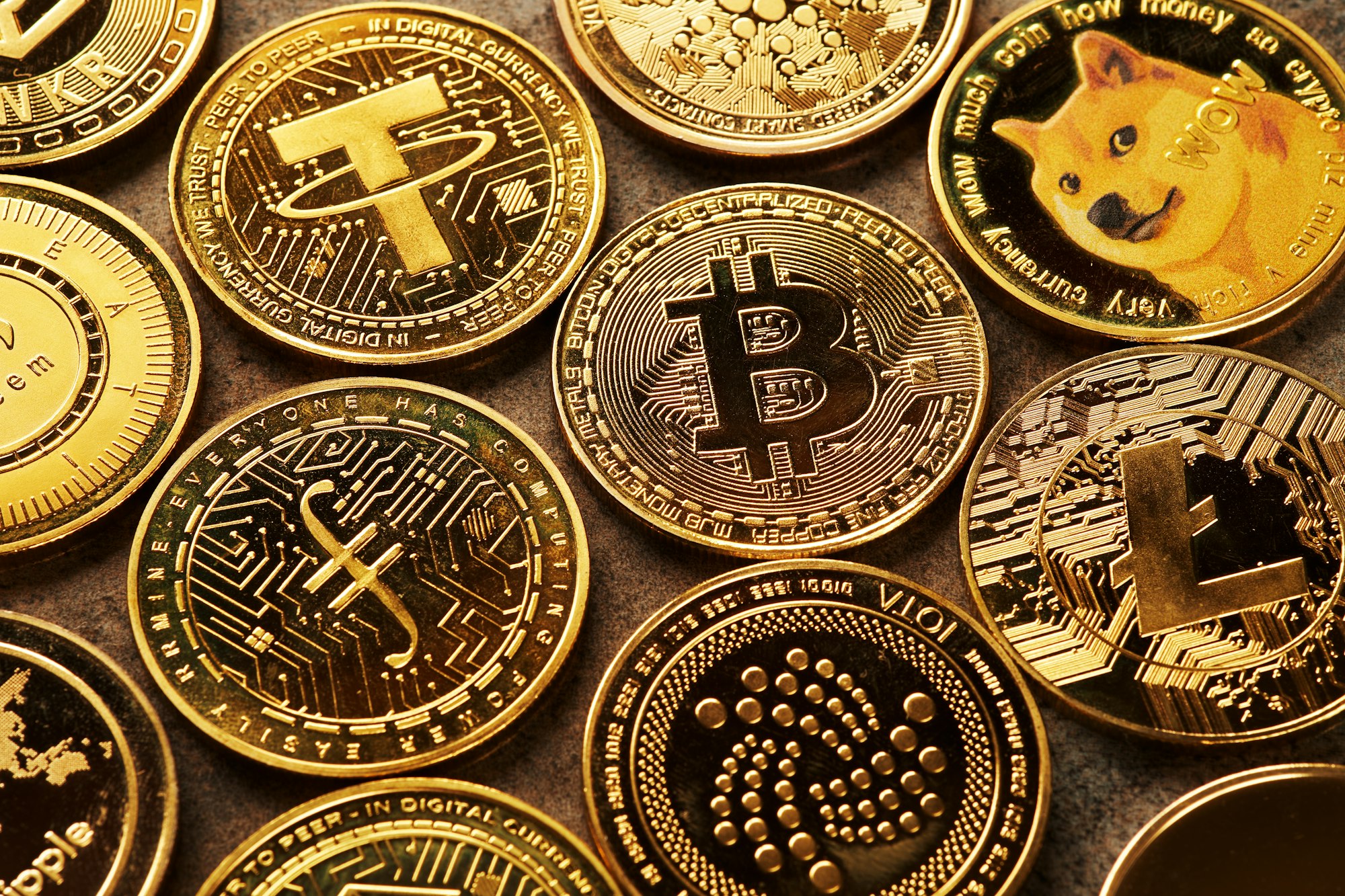The world of cryptocurrencies is rapidly evolving, and among the most notable players is XRP, the native cryptocurrency of the Ripple network. With its unique technology and purpose, XRP has attracted significant attention from investors, businesses, and regulators alike. This article delves into the intricacies of XRP, exploring its functionality within the blockchain, current market trends, investment strategies, historical development, and future price predictions.
What is XRP and how does it work in the blockchain?
Understanding the XRP Ledger and Its Functionality
The XRP Ledger is an open-source blockchain technology that underpins the XRP cryptocurrency. Unlike many other cryptocurrencies, which rely heavily on mining, the XRP Ledger uses a consensus protocol that allows for fast and efficient transactions. This decentralized network processes XRP transactions in seconds, making it one of the quickest options available in the crypto market today. The ledger hosts a supply of 100 billion XRP tokens, of which approximately 80 billion are currently under circulation. Its design not only increases transaction speeds but also minimizes energy consumption compared to traditional mining-based systems.
The Role of Ripple in the XRP Ecosystem
Ripple Labs, the company behind XRP, plays a pivotal role in the ecosystem by facilitating the development of the XRP Ledger and promoting its use in cross-border payments. Ripple aims to streamline international transactions, making them quicker and more cost-effective than conventional banking methods. By partnering with financial institutions globally, Ripple’s XRP seeks to become the go-to digital asset for remittances and other cross-border currency exchanges, positioning itself as a formidable competitor to Bitcoin and traditional financial systems.
How XRP Transactions are Processed
XRP transactions are processed through a network of independent validators, which work together to reach a consensus on the validity of transactions. Each transaction is recorded on the XRP Ledger, ensuring transparency and security. The low transaction fees associated with XRP make it an attractive option for users, particularly in scenarios involving significant sums of money. With an average transaction time of around three to five seconds, XRP outperforms many other cryptocurrencies and positions itself as a viable alternative for real-time payments.
What is the current XRP price and market trends?
Analyzing the Latest XRP Price Movement
The price of XRP is subject to volatility, influenced by various market dynamics and external factors. As of the latest data, the current price of XRP fluctuates, reflecting the broader trends in the cryptocurrency market. Investors often consult live charts to track the XRP price today, allowing them to make informed decisions regarding buying or selling XRP. Price movements can be influenced by market sentiment, regulatory news, and significant announcements from Ripple Labs, making constant monitoring essential for potential investors.
Influential Figures: Chris Larsen and Jed McCaleb
Chris Larsen and Jed McCaleb are pivotal figures in the history of XRP and Ripple Labs. Larsen, as co-founder and former CEO, has been instrumental in driving the vision of Ripple to create a more efficient global payment system. McCaleb, who initially developed the Bitcoin exchange Mt. Gox, brought significant technical expertise to the project. Their combined efforts have provided the foundation for XRP’s growth and adoption, positioning it as a leading digital asset in the cryptocurrency market.





